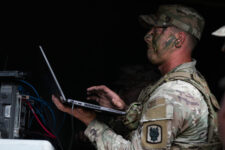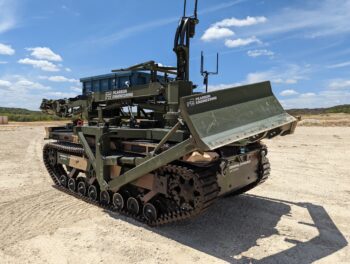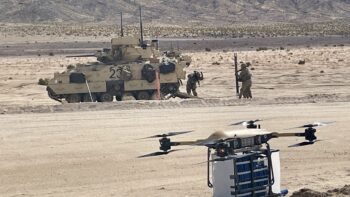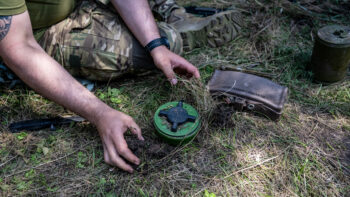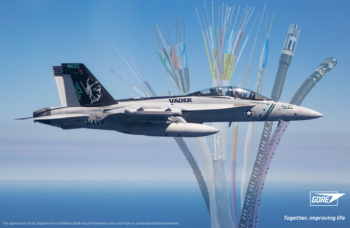WASHINGTON: The Army has dramatically ramped up its use of Other Transaction Authority to speed up prototyping of new weapons from scout helicopters to satellite terminals, led by Army Futures Command, which awarded over 70 OTAs in the first year and of half its existence. But, GAO added, in a characteristic note of caution, that the service needs to study the process more carefully to refine best practices – a recommendation the Army has said it will accept.
Army prototyping OTAs tripled from $1.6 billion in 2017 to $4.8B in 2019, GAO said. A GAO report last year found use of prototyping OTAs across the Defense Department were growing at a similar rate, nearly tripling over the period 2016-2018, from $1.4 billion to $3.7 billion.
Those numbers remain drops in the Pentagon’s $763 billion bucket, which is mainly spent according to traditional, often cumbersome processes; even prototypes are often paid for using the notoriously slow Federal Acquisition Regulation. Other Transaction Authority is just one way of bypassing the FAR to get new tech more quickly. But it’s become by far the most popular.
In fact, the Army’s use of other non-traditional approaches outside the FAR – that is, vehicles that aren’t OTAs – has actually declined, from $730 million to $590 million. That varies widely by type, however. Grant awards in particular are down 30 percent, while Cooperative Research And Development Agreements remain a favorite vehicle for collaboration with industry and academia, increasing slightly to 907 CRADAs Army-wide.
Counting both the steep increase in OTAs and a modest decline in other mechanisms, non-FAR prototyping more than doubled in three years, from $2.3 billion in 2017 to $5.4B in 2019.
The uptick in OTAs is likely to meet with Congress’s approval, since legislators have aggressively pushed alternatives to the lumbering FAR. But GAO is an auditing organization, and there’s a strong strain of caution in its culture that often conflicts with Congress and the military’s desire to move faster. When in doubt, GAO studies always call for more study – and with billions of dollars going out the door, rigorous analysis does have its merits.
So the report makes six recommendations, all concerned with various aspects of gathering data on non-FAR agreements, archiving it, analyzing it, and sharing lessons-learned across the Army. This shouldn’t be prohibitively hard, GAO argues, because the data is all out there.
“[Army Futures Command] officials acknowledged… that as a relatively new organization the command has not yet developed processes to track and analyze information on the use of alternative agreement types to inform science and technology portfolio decisions,” GAO wrote, “[but] the command has an abundance of information available about the types and use of alternative agreements through federal databases and reporting performed by AFC, ACC [Army Contracting Command], and the Office of the Assistant Secretary of the Army for Acquisition, Logistics, and Technology.”
An Army memorandum included with the GAO report says the service agrees with the recommendations.
GOP defense appropriators spell out CR funding levels for weapons. Will the DoD listen?
Rep. Ken Calvert and Sen. Mitch McConnell describe the funding tables, obtained by Breaking Defense, as “congressional intent,” and it remains unclear how legally binding the direction ultimately is for the Trump administration.












